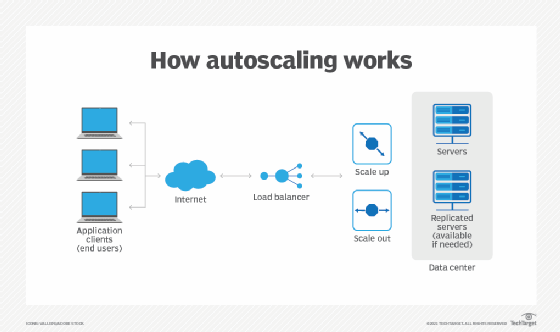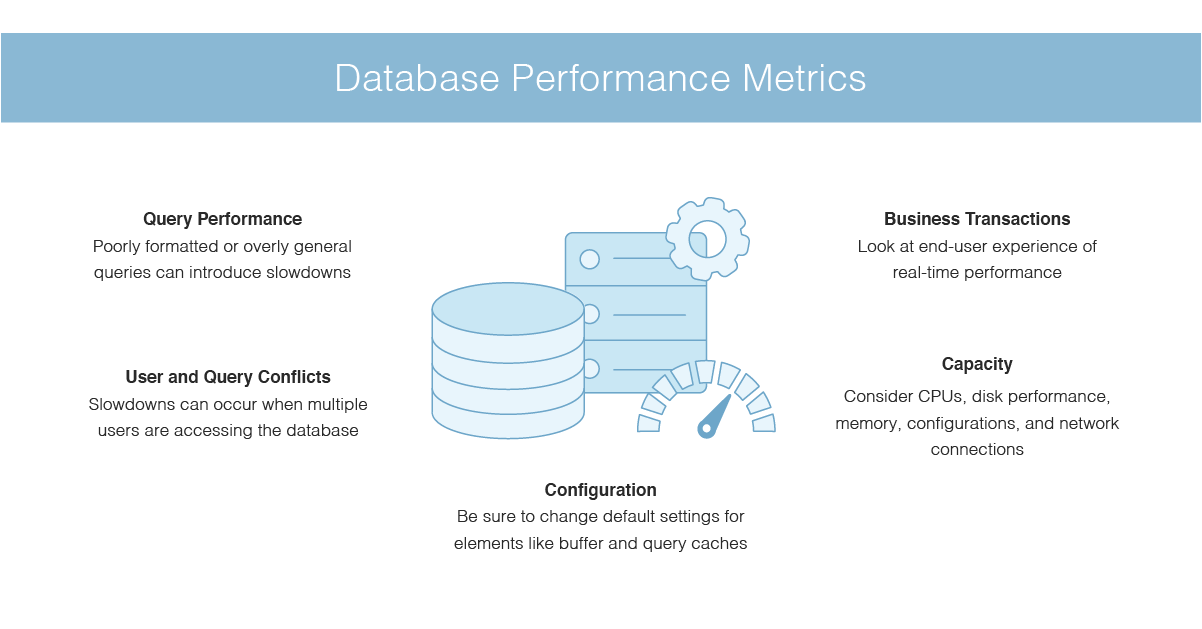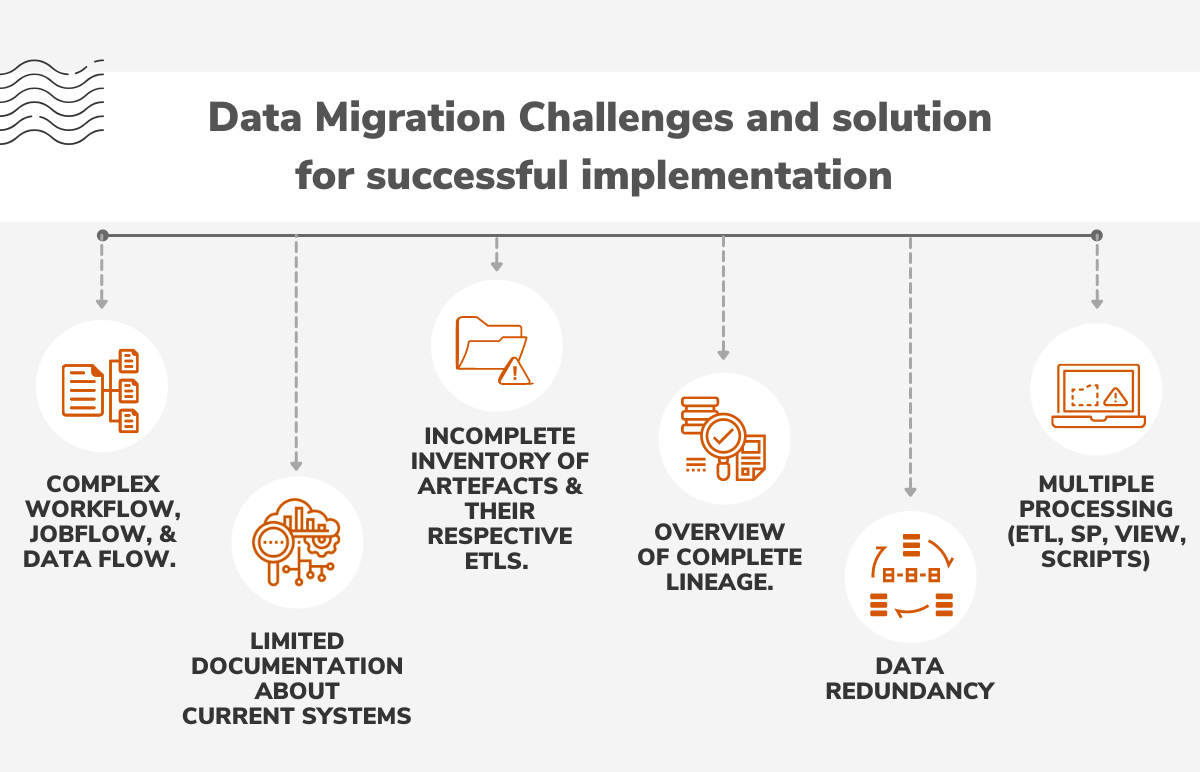In the world of data management, Database Administrators (DBAs) play a critical role in ensuring that databases are not only efficient but also well-structured. One of the key aspects of a well-optimized database is its schema design. A well-thought-out database schema can significantly impact the performance, scalability, and maintainability of your database systems. In this blog post, we will explore some of the best practices for database schema design that every DBA should know.
- Understand the Data Requirements
Before diving into the schema design process, it’s crucial to thoroughly understand the data requirements of your application. This involves collaborating closely with developers, data analysts, and other stakeholders to gather insights into what types of data will be stored, how it will be accessed, and what the future growth expectations are.
By having a clear understanding of the data requirements, DBAs can make informed decisions about the schema’s structure, data types, and relationships between tables. This initial planning phase sets the stage for a successful database schema.
- Normalize Your Data
Normalization is a fundamental concept in database schema design. It involves organizing data into separate tables to eliminate redundancy and improve data integrity. The goal of normalization is to minimize data anomalies such as update anomalies, insert anomalies, and delete anomalies.
The most common normalization forms are First Normal Form (1NF), Second Normal Form (2NF), and Third Normal Form (3NF). DBAs should strive to achieve at least 3NF in their schema designs, although there may be cases where denormalization is necessary for performance reasons. It’s essential to strike a balance between normalization and denormalization to meet the specific needs of your application.
- Choose Appropriate Data Types
Selecting the right data types for your database columns is critical for both performance and storage efficiency. Using overly large data types can lead to wasted storage space, while using inappropriate data types can impact query performance.
For example, using a VARCHAR(255) column to store a simple Boolean value is not efficient. Instead, use a BOOLEAN or TINYINT(1) data type, which are designed for storing binary values. Additionally, consider the size of numeric data types (e.g., INT, BIGINT) based on the expected range of values.
- Establish Relationships Carefully
Relationships between tables are the backbone of relational database systems. When defining relationships, DBAs should choose between primary keys, foreign keys, and indexes carefully. Primary keys uniquely identify records in a table, while foreign keys establish connections between tables.
It’s essential to maintain referential integrity by ensuring that foreign keys reference valid primary keys. Cascade actions, such as ON DELETE CASCADE and ON UPDATE CASCADE, should be used judiciously to automate the maintenance of relationships.
- Index Strategically
Indexes are essential for improving query performance, but it’s crucial to use them strategically. Over-indexing can lead to slower INSERT, UPDATE, and DELETE operations, as the database must maintain indexes with every data modification.
DBAs should identify which columns are frequently used in WHERE clauses or JOIN conditions and create indexes on those columns. Consider composite indexes for queries that involve multiple columns.
- Monitor and Optimize Regularly
Database schema design is not a one-time task. As your application evolves and data grows, it’s essential to monitor database performance regularly and make optimizations as needed. Tools like query analyzers, database profiling, and performance monitoring can help identify bottlenecks and areas for improvement.
Common optimization techniques include query tuning, adding or removing indexes, partitioning tables, and archiving old data. DBAs should work closely with developers to address performance issues and continuously fine-tune the schema for optimal results.
- Document Your Schema
Proper documentation is often overlooked but is essential for maintaining a database schema over time. Documenting the schema includes creating data dictionaries that describe tables, columns, relationships, and constraints. It also involves documenting the purpose of each table and the business logic behind the schema design.
Documentation helps new team members understand the database structure and enables smoother collaboration among developers, DBAs, and other stakeholders. Additionally, it serves as a valuable resource for troubleshooting and maintenance.
Conclusion
Database schema design is a critical aspect of managing databases effectively. By following these best practices, DBAs can create well-structured, high-performing database schemas that meet the needs of their applications. Understanding data requirements, normalizing data, choosing appropriate data types, establishing relationships carefully, indexing strategically, monitoring and optimizing regularly, and documenting the schema are key steps toward achieving success in schema design. Ultimately, a well-designed schema sets the stage for efficient and reliable data management, which is vital in today’s data-driven world.




